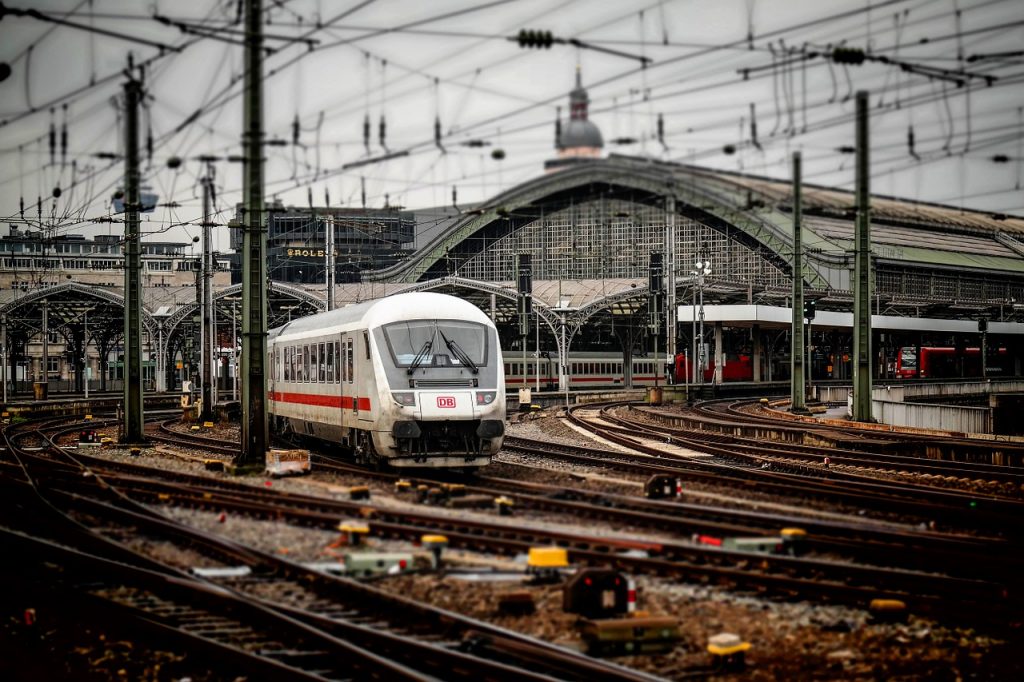Why An Immense Number Of Trains Could Stop Running Next Week
An impending rail strike could cause 40% of the national's rail services to halt operations.
This article is more than 2 years old
Although railroads might seem like an outdated mode of transport, the 21st-century economy cannot function without them. Now the possibility of union-backed industrial action, representing more than 90,000 workers at the United States’ freight railroads, has all businesses worried. The rail strike is set to begin on September 16th. The move could bring 40% of the nation’s freight to a standstill, which is the last thing the economy needs as it struggles to recover from several years of supply chain problems.
According to CNN Business, an extended halt in transportation could lead to empty store shelves and temporary factory closures due to lack of parts, and higher prices due to the limited availability of various consumer goods. Speaking about the looming industrial action, Vice President for Transportation, Infrastructure, and Supply Chain Policy for the US Chamber of Commerce John Drake said, “We’re hearing more and more that shippers and railroads are getting anxious.” He added that the chamber is calling on both sides to reach a deal that avoids the first national rail strike in 30 years.
Attempting to find a quick resolution, Labor Secretary Marty Walsh participated in a meeting between the National Mediation Board and eight unions in hopes of preventing the rail strike. But unfortunately, there was no progress. Negotiators will meet with the NMB in hopes of reaching a tentative agreement before the September 16th cut-off. That’s when the “cooling-off period” will end and unionized workers will have the option of walking off the job.

Interestingly, the freight railroad industry has done well during the pandemic, so the current dispute is not about pay. Instead, the rail strike is about the rules controlling worker scheduling. Several engineers and conductors who make up the two-person crews on each train have to be “on call” to report to work seven days a week. This prevents them from making their own plans which in turn deprives them of time with their families. Their unhappiness also creates a high turnover rate.
Thirteen unions representing United States railroad workers have spent years renegotiating their contracts with carriers represented by the National Carriers’ Conference Committee. According to Politico, a Presidential Emergency Board of neutral arbitrators issued a report with its recommendations last month. Since then, most have already reached tentative agreements to prevent the rail strike, a person familiar with the conversations told the publication. But only five of these have been publicly announced.
If all the parties involved cannot find common ground on the rail strike, Congress will have the option of mandating employees to return to work. And some unions believe employers are holding out for lawmakers to do so. However, even if negotiators can reach some form of agreement with all 13 unions by the close of business on September 9th, they would still need to be ratified by respective union members. That process could take weeks and would probably go beyond the cut-off date. At that point, a strike would be unlikely unless members vote against the agreements.





